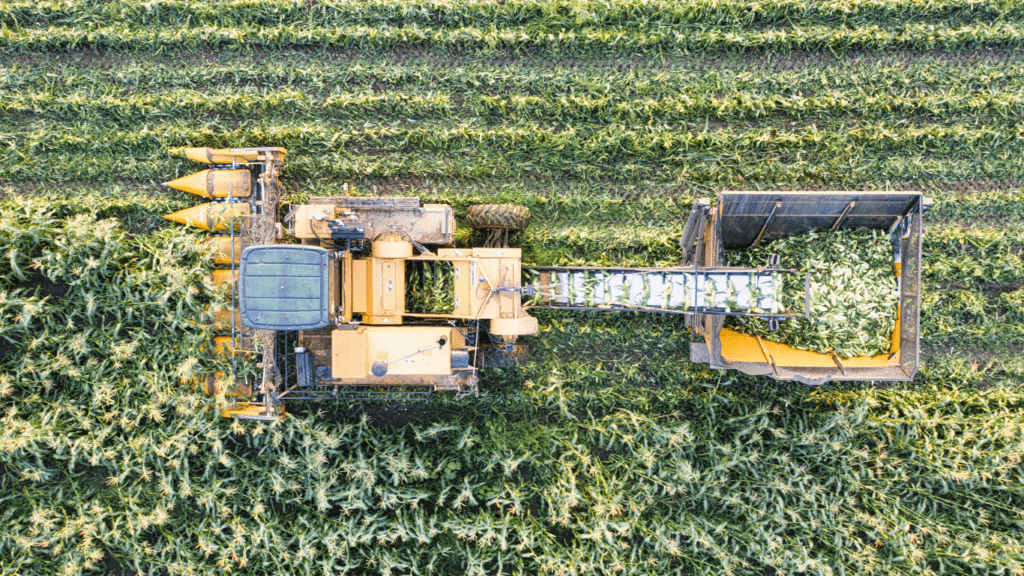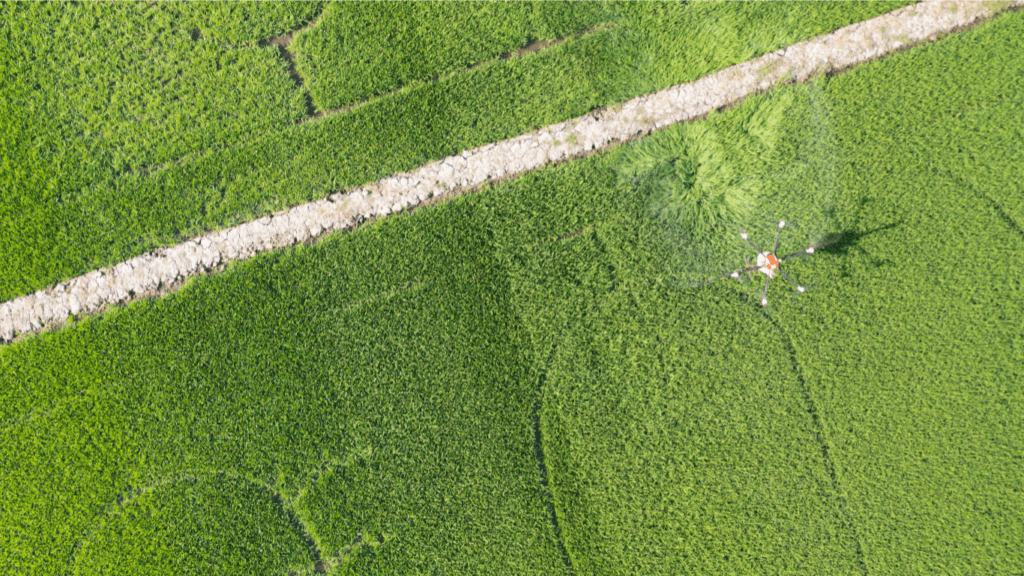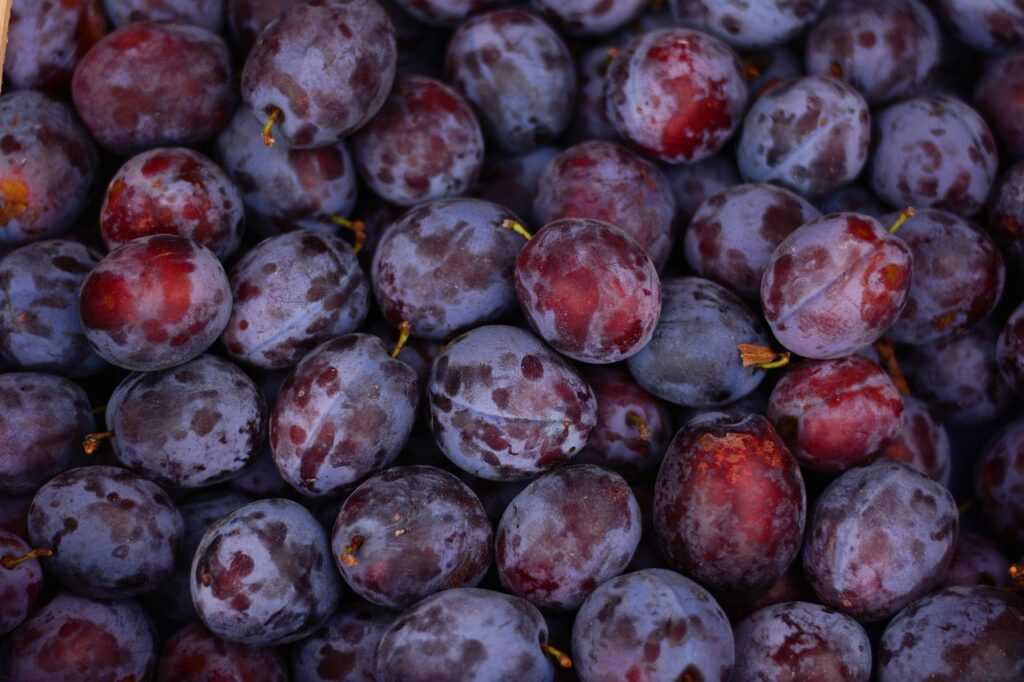Understanding the Technological Revolution in Agriculture
Technology in agriculture has brought transformative changes by improving efficiency and productivity. Technologies like drones, AI analytics, and IoT devices play crucial roles in modern farming.
Drones in Agriculture
Drones help monitor crop health and optimize field conditions. Farmers can survey large fields quickly using multispectral imaging to detect plant stress, pests, and diseases.
AI Analytics in Farming
AI provides real-time data analytics to enhance decision-making. Tools analyze data from various sources, recommend optimal planting times, and predict yield outcomes. IBM’s Watson and Microsoft’s Azure FarmBeats exemplify such tools.
IoT Devices in Smart Farming
IoT devices collect real-time data on soil moisture, temperature, and crop growth. They send data to central systems to automate irrigation and other farm operations. For instance, crop sensors assess soil conditions, while weather stations provide climate data.
Robotics and Automation
Robotic systems automate tasks like:
- planting
- weeding
- harvesting
These machines reduce labor costs and increase precision. Examples include autonomous tractors and robotic harvesters.
Benefits and Challenges
Technological advancements offer numerous benefits like reduced resource use, improved crop quality, and enhanced profitability. However, challenges include high initial costs and the need for technical expertise to operate and maintain advanced systems.
Emerging Trends
Vertical farming, precision agriculture, and blockchain in supply chains present new opportunities. These trends aim to maximize output while minimizing environmental impact.
Understanding these technologies and trends helps grasp the evolving landscape of agriculture and its future potential.
Key Innovations Transforming Agriculture
Technology continues reshaping agriculture, introducing innovations that enhance productivity and sustainability. With precision farming, the Internet of Things, and AI, farmers gain unprecedented control and insights.
Precision Farming
Precision farming uses GPS technology and sensors to monitor crop conditions. Farmers optimize field-level management by analyzing soil health, moisture levels, and nutrient needs. Tools like variable rate technology (VRT) apply inputs more accurately. This method reduces waste, increases yield, and maximizes resource use.
Internet of Things (IoT)
IoT integrates smart devices into farming operations. Sensors collect real-time data on weather, soil moisture, and crop health. Remote monitoring and automation reduce labor needs and improve decision-making. Devices like smart irrigation systems use this data to optimize water use, reducing waste and boosting crop health.
Artificial Intelligence and Machine Learning
AI and machine learning enhance data analytics for agriculture. Algorithms analyze vast amounts of data from various sources.
Predictive models help forecast weather, detect disease, and plan planting schedules. AI-driven drones and robotics automate tasks like planting and harvesting, freeing up time and reducing errors.
Effects on Crop Production and Yield

Technology revolutionizes crop production and yield. By leveraging advanced tools, farmers improve their methods and achieve better results.
Improved Resource Management
Efficient resource use is crucial for increased crop production. Precision farming uses GPS technology to guide machinery, optimizing water, fertilizer, and pesticide application.
According to the USDA, precision agriculture optimizes fertilizer use by 20% and reduces water usage by 30%. Farmers adjust inputs based on real-time data, ensuring resources are not wasted while crops receive necessary care.
Automated irrigation systems, guided by soil sensors, deliver water directly to plant roots, enhancing growth and yield.
Enhanced Crop Monitoring
Up-to-date crop monitoring is vital for maintaining crop health. Drones equipped with multispectral cameras capture high-resolution images, identifying issues like nutrient deficiencies and pest infestations early.
A 2020 study by the University of California found that drone monitoring reduced crop loss by 25% on average. IoT sensors placed in fields collect data on soil moisture, temperature, and nutrient levels, providing actionable insights that guide interventions.
AI analytics processes this data to predict crop health trends, enabling proactive management and problem resolution. Effective crop monitoring bolsters overall production quality.
Shifts in Market Dynamics
Technology’s impact has significantly altered market dynamics in agriculture. These shifts influence supply chains, pricing structures, and commodity markets.
Changes in Supply Chain
Innovative technologies streamline the agricultural supply chain. IoT devices, for instance, track produce from farm to table, providing transparency and reducing bottlenecks.
Drones monitor field conditions, enabling timely harvests and expedited deliveries. Blockchain technology records every transaction, fostering trust and minimizing fraud. These advancements lead to a more efficient supply chain, reducing waste and improving product quality.
Impact on Pricing and Commodities
- Technology influences agricultural pricing and commodity values.
- Advanced data analytics help farmers predict market trends, enabling better planning and pricing strategies.
- Precision farming technologies reduce input costs by optimizing the use of fertilizers, pesticides, and water, resulting in more competitive pricing.
- Additionally, automation lowers labor costs, impacting the overall cost structure.
- Consequently, consumers benefit from more stable and potentially lower prices, while farmers increase profitability through efficiency gains.
Challenges and Limitations
The rapid adoption of technology in agriculture brings both benefits and challenges. Two significant issues are technological accessibility and data privacy concerns.
Technological Accessibility
Access to advanced technologies differs across regions. Farmers in developed countries, for example, can afford and deploy IoT devices, drones, and AI analytics, while those in developing regions might struggle due to high costs and lack of infrastructure.
The digital divide affects how evenly technological benefits are distributed. Rural areas often lack reliable internet connectivity, which is essential for leveraging technologies like cloud-based data analytics and IoT.
Additionally, training and technical support are limited in these areas, hindering effective technology use.
Data Privacy Concerns
The integration of technology in agriculture requires the collection and processing of vast amounts of data. Farmers generate data through IoT sensors, drones, and AI systems, which can include sensitive information about their crops, soil, and practices. Data privacy becomes a concern when considering who owns this data and how it’s used.
Unauthorized access, data breaches, and misuse of data by third parties pose significant risks. Ensuring strong cybersecurity measures and clear data governance policies is essential for protecting farmers’ privacy and maintaining trust in technological solutions.
Future Prospects
Future agricultural prospects look promising with ongoing technological advancements. Innovations like blockchain, CRISPR, and variable rate technology continue to reshape the sector. Integrating blockchain technology ensures transparency and traceability in supply chains, reducing fraud and enhancing food safety. CRISPR, a gene-editing tool, offers potential for developing crops resistant to diseases and pests while improving nutritional value.
Variable rate technology tailors inputs like fertilizers and water to specific field conditions, increasing efficiency and yield. These technologies collectively enhance sustainability by reducing resource wastage and environmental impact.
Autonomous tractors and harvesters could further automate labor-intensive tasks, addressing labor shortages and enhancing productivity.
Educational initiatives aimed at improving digital literacy for farmers will grow, bridging knowledge gaps and facilitating technology adoption.
Expect stronger collaborations between tech firms and agricultural sectors, fostering innovation and developing more user-friendly solutions. Increased investment in rural internet infrastructure will address connectivity issues, making advanced technologies more accessible.
In the coming years, precision agriculture and smart farming practices will likely dominate the agricultural landscape. Leveraging big data, AI, and IoT will allow farmers to make informed decisions, optimizing each planting season.
The integration of renewable energy sources in farming operations will contribute to sustainability efforts, reducing carbon footprints.
These technological advancements promise greater efficiency, sustainability, and profitability. Yet, success hinges on equitable access and robust data governance to ensure all farmers benefit from these innovations.



